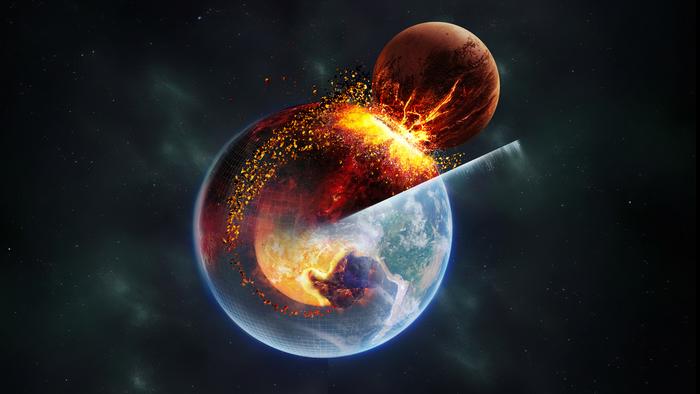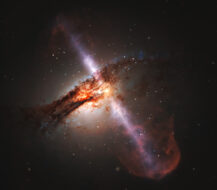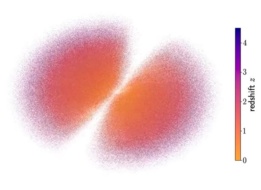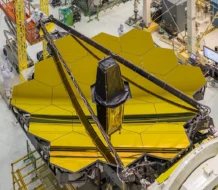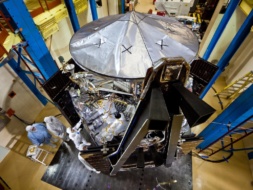The Earth didn’t always look the way it does today.
Here’s how we think it happened: About 4.5B years ago, the Earth was a smaller protoplanet without a moon. While tracing its orbit around the sun, that proto-Earth (sometimes called Gaia) collided violently with another early planet, Theia. Being the larger body, Gaia won the fight, and later started to take the shape of Earth as we know it now. Much of the debris created in the crash, meanwhile, coalesced and became the Moon we know today.
Though this has been the prevailing theory for the Moon’s creation, no traces of Theia have ever been found in nearby asteroids or in meteorites, leading researchers to believe the remaining pieces of the planet may have been absorbed into the nascent Earth.
Now, an international group of researchers say they’ve found evidence that large chunks of Theia were left behind, becoming a part of the Earth’s core and composition. The team’s findings were published yesterday in Nature.
Finding Theia: A large collision with a Mars-ish-sized planetary body is the prevailing theory for how and why the Moon formed early in our planet’s history, but it’s been difficult to find concrete evidence for that collision elsewhere in the Solar System.
There were clues left behind back on Earth, though. Seismic data shows that deep beneath the Earth’s crust are two giant clumps called large low-velocity provinces (LLVPs), one below the African continent and one below the Pacific Ocean. These LLVPs have a different chemical composition than the mantle surrounding them—namely, they contain a lot more iron.
Connecting the dots: Guess what else has a higher iron content than the Earth’s mantle? You guessed it: the Moon. The similar patterns identified between these large underground blobs of material and the Moon led researchers to hypothesize that both may have originated from the same giant collision with Theia.
The research team conducted simulations of what we know about the crash to determine if it is possible that both the LLVPs and the Moon originated from the Theia collision. The simulations found that it is possible, and that it suggests the core of the Earth may have been slightly cooler at that point in its history than previously estimated—otherwise, the pieces of Theia would have likely mixed more evenly into the mantle.
Finishing the puzzle: The idea that Theia may have left such a significant mark on the Earth’s formation sparks new investigations into the early history of the Earth.
“A logical consequence of the idea that the LLVPs are remnants of Theia is that they are very ancient,” said Paul Asimow, a Caltech researcher and author on the study, in a release. “It makes sense, therefore, to investigate next what consequences they had for Earth’s earliest evolution, such as the onset of subduction before conditions were suitable for modern-style plate tectonics, the formation of the first continents, and the origin of the very oldest surviving terrestrial minerals.”
